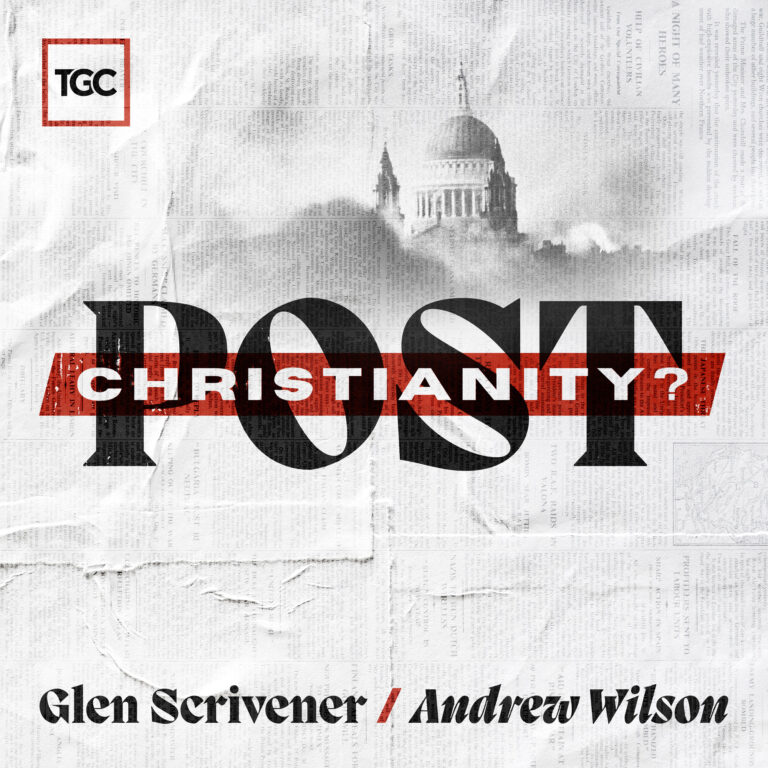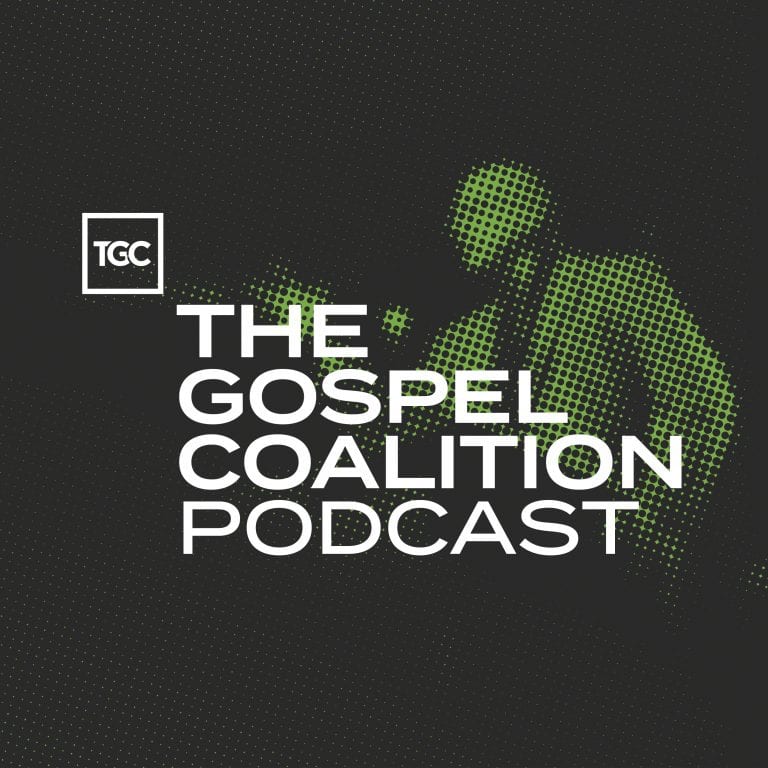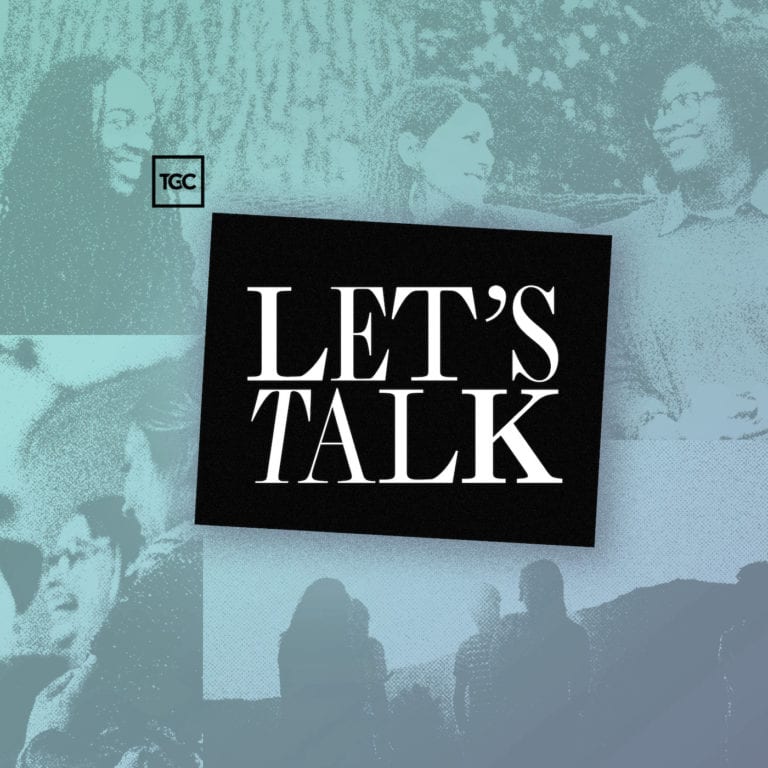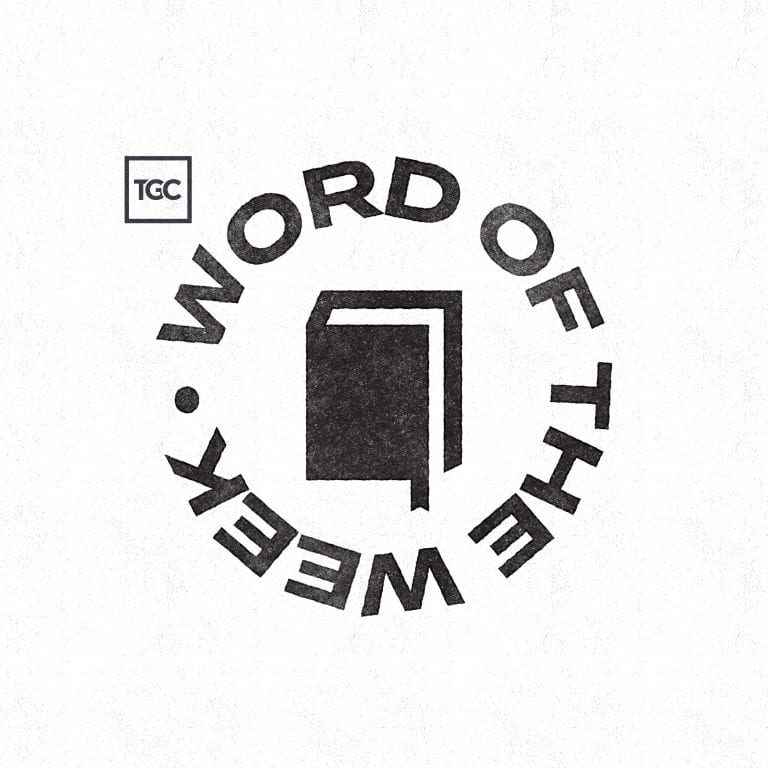In my limited experience, I have found few pastors and church leaders satisfied with their discipleship efforts. Almost every evangelical church in America would say it wants to make disciples of Jesus and has a strategy in place for how that will be accomplished. Whether through small groups, discipleship classes, or solely the corporate Sunday gathering, churches are legitimately trying to make disciples. And yet many churches are far from satisfied at their efforts.
Early in the journey of planting The Austin Stone, we surveyed our efforts at community, discipleship, and outreach. At first glance, we were a relatively healthy, growing church with good attendance in small groups. Digging a little deeper, though, we recognized that people defined “community” primarily by the event they attended on a weeknight, and only a handful of groups had even invited someone who didn’t know Jesus to participate. This process of thinking critically about our communities and disciples helped us to realize our church needed new forms of gathering if we would faithfully live as missionaries in our culture.
Previously for TGC, I unpacked the distinctions between missional communities and other predominant forms of community in the American church. Rather than simply point out deficiencies, I want to present the strategy that missional communities employ to cultivate discipleship, community, and mission together over time.
Briefly, missional communities at The Austin Stone:
- Gather as a community in a family meeting.
- Gather as disciples in a life transformation group.
- Gather as missionaries in a third place.
Family Meeting
The small group movement laid a helpful foundation for the American church, but it wasn’t complete. We have cultivated a value for gathering weekly outside of Sundays, but the gathering typically was an event focused on a felt need. Sometimes it’s the Bible. Sometimes it’s common crisis. In my experience, vital things like sharing everyday life and prayer are pushed to the margins.
Life Transformation Groups
This leads us to the second place that we gather—as disciples in life transformation groups. Again, we want to judge depth by obedience, not simply knowledge. What would it look like to study the Bible for obedience, not just information growth? Obedience, for us, is being serious about obeying God’s Word personally. An LTG is a smaller group of two or three believers of the same gender who commit to meeting outside of the group meeting time. This is the place to study the Bible deeply and to be known deeply by another. There are three primary elements to this kind of group:
- First, we want to hear and obey—we want to read God’s Word every day and be held accountable to what we need to do in response.
- Second, we want to repent and believe—we want to confess and repent of our sin and disobedience. We’re going to remind one another to believe the good news of Christ’s perfect life, his atoning death, and his resurrection.
- Third, we want to consider and pray—we want to consider opportunities to share the gospel, and then pray by name for individual people, not just generic groups.
This weekly rhythm cultivates obedience as a disciple and forms the backbone of missional community. It helps people go from being a consumer meeting a need to becoming a contributor to the life of a community. Also, this kind of gathering is the basic tool of disciple-making. The beauty of an LTG is that you can do it with anybody. The LTG the basic tool to disciple a new follower of Jesus. You can find more of how we practice this at The Austin Stone here.
Third Place
The third way we gather is as missionaries in a third place. Up to this point, we’ve reoriented a typical small group with a family meal and cultivated discipleship with the LTG. A third place is where a missional community becomes intentionally oriented around those who don’t know Jesus. Unless we intentionally make time for people outside our community, we often won’t do it. Few of us naturally drift into mission. So what does it mean to obey Jesus and be a missionary? Obedience means gathering for the sake of people who don’t know Jesus.
For us, it wasn’t enough to just serve together. Mission is about people, not projects. We must think through ways we can integrate people into our communities, not just serve them at arm’s length. As we wrestled with this challenge, we needed to create a third place—a place to introduce your lost friends to your community. What makes a good place to invite people? We use three words to describe it:
- Neutral
- Natural
- Regular
An effective third place is neutral ground that is informal and non-committal. It naturally fits into the rhythms of your lost friends’ lives. So where do missional communities gather for a third place? It depends on the people you’re trying to reach. Ask the questions, “Where do people already spend time and naturally go? How can we gather there?”
For some of our downtown missional communities, this may be an after-work happy hour. For some of our moms with younger kids, this might be a park. My neighborhood gathers at our local restaurants on the weekends and at school events. A third place creates space where people can belong before they believe. We want to do it regularly and invite those who don’t know Jesus to participate often.
Putting Them All Together
As we train members in these different practices, people tend to be overwhelmed. The common refrain is, “You mean I have to do ALL of this in one week?!?” I recently had a conversation with one of our leaders. He is an orthopedic surgeon with three kids. His community has around 25 children, and about three months ago they were exhausted with trying to meet each week.
In training, we gave him the freedom to stop gathering their whole community together every week. Instead, they’re gathering every other week for a meal and focusing on LTGs and third place. Three months into the change, they are far more effective at both community and mission. It’s because they thought through a month, not a week.
As you think through shifting your practices, consider that these don’t have to happen the same way all the time, and every member of your community doesn’t always need to participate. In the same way a nuclear family has different seasons of life and different needs at different times, so too do missional communities. I recommend that communities at minimum cultivate:
- Gathering weekly in LTGs.
- Gathering at minimum every other week in a third place.
- Gathering at minimum monthly for a family meal.
- Gathering to worship corporately on Sundays.
Perhaps the best way to illustrate this kind of life together is through story. Here is one testimony of this kind of life together. You’ll see that discipleship and missional community doesn’t have to be complex—it’s rethinking the question, “How do we obey what God has commanded?” Whether you’re leading a missional community or small group, I want to challenge you to consider how your practices foster obedience to Jesus.
Is there enough evidence for us to believe the Gospels?
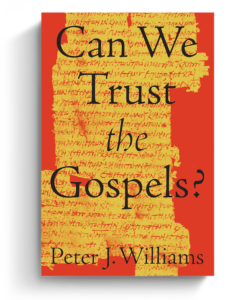 In an age of faith deconstruction and skepticism about the Bible’s authority, it’s common to hear claims that the Gospels are unreliable propaganda. And if the Gospels are shown to be historically unreliable, the whole foundation of Christianity begins to crumble.
In an age of faith deconstruction and skepticism about the Bible’s authority, it’s common to hear claims that the Gospels are unreliable propaganda. And if the Gospels are shown to be historically unreliable, the whole foundation of Christianity begins to crumble.





















